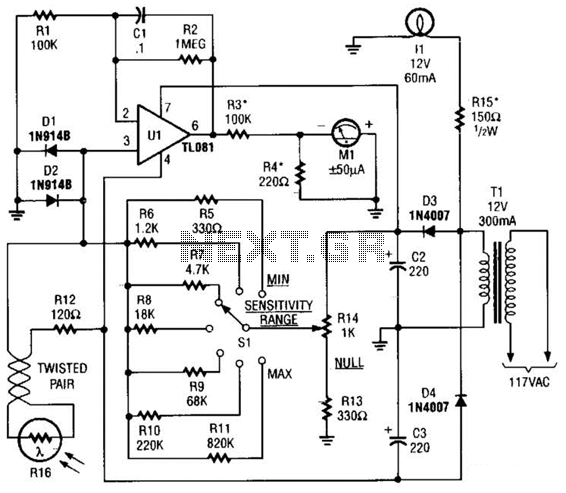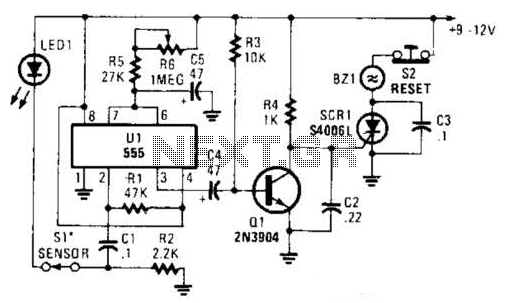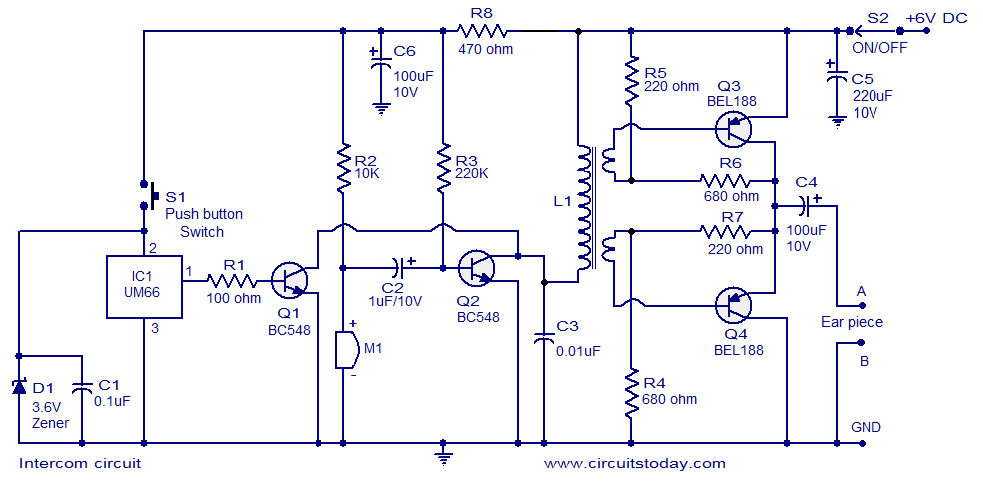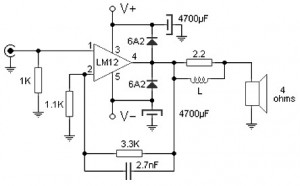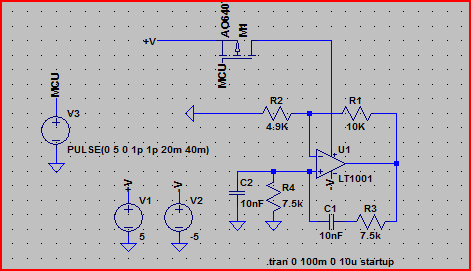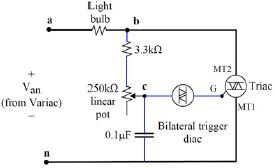
Unusual Hall-Effect Oscillators Circuit
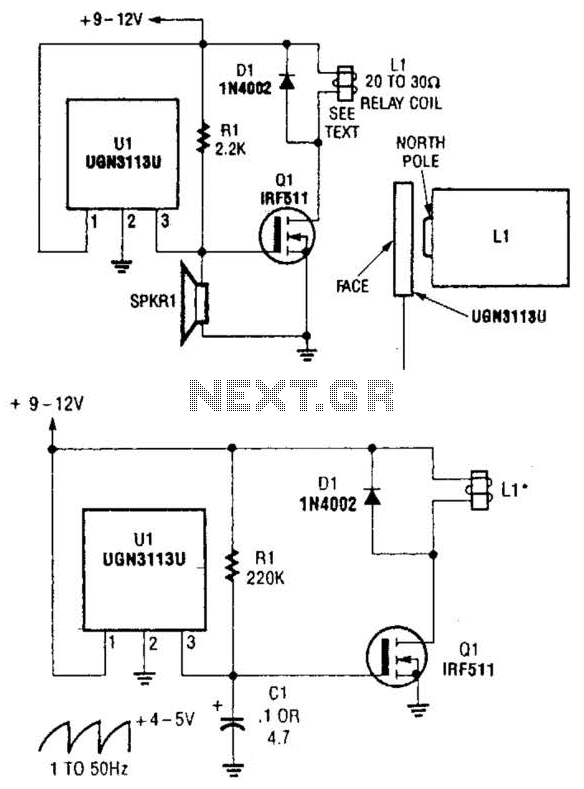
Although not intended for this application, a Hall-effect switch can be utilized as the foundation for an unconventional oscillator. The oscillator can be reconfigured, as illustrated in Fig. B, to enable the circuit's oscillating frequency to be regulated through an RC network, consisting of R1 and C1.
The proposed oscillator circuit leverages the properties of the Hall-effect switch, which typically detects magnetic fields but can also generate oscillations under specific configurations. In this setup, the Hall-effect switch is integrated into a feedback loop that influences its own switching behavior, resulting in oscillatory output.
The RC network, composed of resistor R1 and capacitor C1, plays a crucial role in determining the frequency of oscillation. The time constant of the RC network, defined as τ = R1 * C1, directly influences the charge and discharge rates of the capacitor, thereby affecting the frequency of the oscillations produced by the circuit. The oscillation frequency (f) can be approximated by the formula f = 1 / (2πτ), indicating that increasing the resistance or capacitance will lower the frequency, while decreasing them will raise it.
In practical applications, the Hall-effect switch oscillation circuit can be employed in various scenarios, including signal generation, timing applications, and even as a simple clock generator for digital circuits. The simplicity of the design, combined with the ability to easily adjust the frequency through the RC components, makes this circuit a versatile option for engineers seeking to implement oscillatory behavior in their designs.
When implementing this circuit, careful consideration must be given to the specifications of the Hall-effect switch, as well as the values chosen for R1 and C1, to ensure stable oscillation and desired frequency output. Additionally, the layout of the circuit should minimize noise and interference, which can affect the performance of the oscillator. Although not intended for this application, Hall-effect switch can be used as the basis for a rather unusual oscillator. The oscillator can be reconfigured, as shown in Fig. B, to allow the circuit`s oscillating frequency to be controlled via an RC network, comprised of Rl and CI. 🔗 External reference
The proposed oscillator circuit leverages the properties of the Hall-effect switch, which typically detects magnetic fields but can also generate oscillations under specific configurations. In this setup, the Hall-effect switch is integrated into a feedback loop that influences its own switching behavior, resulting in oscillatory output.
The RC network, composed of resistor R1 and capacitor C1, plays a crucial role in determining the frequency of oscillation. The time constant of the RC network, defined as τ = R1 * C1, directly influences the charge and discharge rates of the capacitor, thereby affecting the frequency of the oscillations produced by the circuit. The oscillation frequency (f) can be approximated by the formula f = 1 / (2πτ), indicating that increasing the resistance or capacitance will lower the frequency, while decreasing them will raise it.
In practical applications, the Hall-effect switch oscillation circuit can be employed in various scenarios, including signal generation, timing applications, and even as a simple clock generator for digital circuits. The simplicity of the design, combined with the ability to easily adjust the frequency through the RC components, makes this circuit a versatile option for engineers seeking to implement oscillatory behavior in their designs.
When implementing this circuit, careful consideration must be given to the specifications of the Hall-effect switch, as well as the values chosen for R1 and C1, to ensure stable oscillation and desired frequency output. Additionally, the layout of the circuit should minimize noise and interference, which can affect the performance of the oscillator. Although not intended for this application, Hall-effect switch can be used as the basis for a rather unusual oscillator. The oscillator can be reconfigured, as shown in Fig. B, to allow the circuit`s oscillating frequency to be controlled via an RC network, comprised of Rl and CI. 🔗 External reference
Warning: include(partials/cookie-banner.php): Failed to open stream: Permission denied in /var/www/html/nextgr/view-circuit.php on line 713
Warning: include(): Failed opening 'partials/cookie-banner.php' for inclusion (include_path='.:/usr/share/php') in /var/www/html/nextgr/view-circuit.php on line 713
